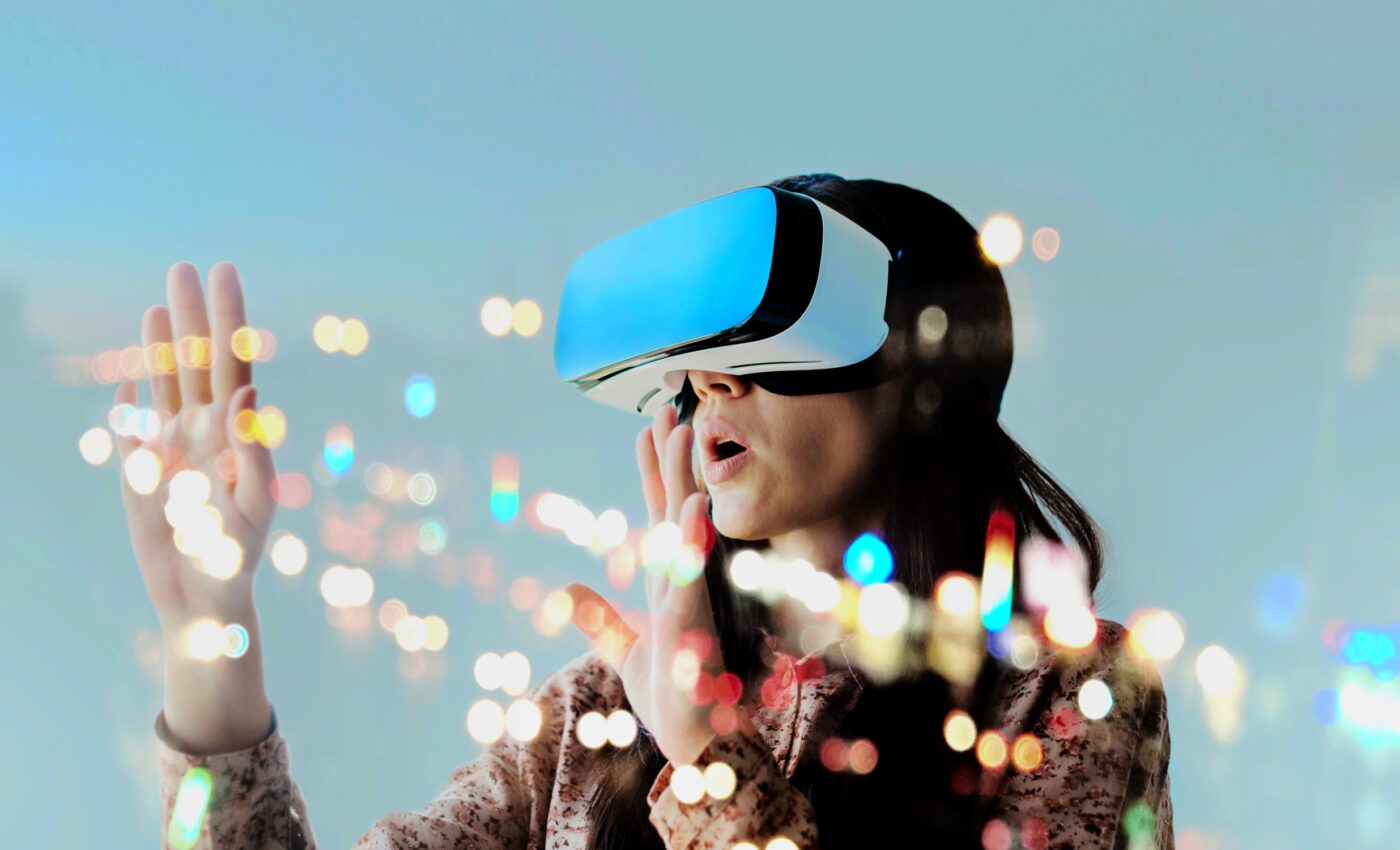
OLED technology is changing the future of blue light displays
Researchers have created the highly efficient blue light using organic light-emitting diodes (OLEDs). These advanced light sources are already in our devices, but now the team has overcome a major hurdle: making blue light more efficient and longer-lasting.
This could usher in a new era of screen technology that’s easier on your eyes, your wallet, and the planet.
Current OLED limitations
OLEDs are made of special organic materials that glow when electricity is applied. Each pixel on a screen is made up of its own tiny OLED, generating vibrant light without the need for the bulky backlights required by many other display types.
Modern screens create their rainbow of colors by mixing just three core components: red, green, and blue. While red and green OLEDs have been stable for some time, the blue subpixels in a screen are more prone to degrade.
The main problem is that not all the energy you put into an OLED becomes light. Some is lost to processes that damage the molecule itself. It’s particularly bad for blue OLEDs.
This imbalance explains why older screens might exhibit a bluish tint, and why energy efficiency for screens has lagged.
Designing a new OLED molecule
Traditionally, scientists have focused on making blue OLEDs brighter by pushing lots of energy into a molecule. However, this team took a new approach, designing a molecule with built-in shields that block those energy-wasting degradation pathways.
“With this new molecule we have created a channel to develop more efficient OLEDs that will drive down the energy consumption of our devices in the information era,” explained Dr. Marc Etherington, assistant professor in Molecular Photophysics at Northumbria University.
“As we all work towards net zero targets, this could have a significant impact for both manufacturers and consumers.”
Benefits of the OLED blue light
The implications of this research are vast and varied. The research suggests the following for its consumers:
More vibrant colors
Researchers were able to achieve a much purer blue light source, meaning your screen can generate a wider range of truly accurate colors.
Longer lifespans
Because the molecules are harder to degrade, the overall lifespan of these enhanced blue OLEDs should be substantially longer. No more worries about burn-in ruining your expensive display.
Cheaper to build
Simpler, more resilient OLEDs could be cheaper to produce, making high-end screen technology more accessible.
Power savings
Future TVs or smartphones could put out the same amount of light while sipping less battery power, increasing the between-charge times.
Future insights
“OLED screens have great picture quality and carry a high premium. However, OLED TVs don’t last as long as other screens. Pixels that emit blue light are essential for a practical display but are also where the problems lie,” said Dr. Daniel Congrave from the University of Cambridge.
“We’ve designed a molecule that’s allowed us to simplify the emissive layer of the blue pixel to only two components, while maintaining high efficiency, which could help to drive down cost.”
With such advances, OLED technology may become the undisputed king of the display world, delivering breathtaking visuals while being easier the environment.
More about blue light
Blue light is a part of the visible light spectrum and is considered to have the shortest wavelength and highest energy. It’s present in sunlight, which helps regulate our sleep-wake cycle, but it’s also prevalent in artificial lighting and digital screens.
The concern with OLED displays, and digital screens in general, is their emission of potentially harmful blue light. Extended exposure to blue light, especially at night, is thought to disrupt the circadian rhythm, potentially leading to sleep disturbances.
There’s also ongoing research into whether prolonged exposure to high-energy visible light can cause retinal damage and contribute to age-related macular degeneration. However, it’s worth noting that the amount of blue light emitted by screens is much less than what we’re exposed to from the sun.
Moreover, many devices with OLED screens come with features or settings that can reduce blue light exposure, such as night mode or blue light filters. These settings can help minimize potential negative effects on sleep patterns and eye comfort.
Manufacturers and researchers continue to study the impact of blue light and develop technologies that either reduce its emission or mitigate its effects, aiming to make digital device usage safer and more comfortable for users.
The study is published in the journal Nature Materials.
—–
Like what you read? Subscribe to our newsletter for engaging articles, exclusive content, and the latest updates. Check us out on EarthSnap, a free app brought to you by Eric Ralls and Earth.com.
—–













